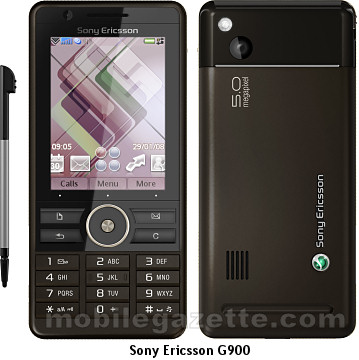Slashdot points to the release of Skype 4.0 for Linux, a much delayed update:
Anyone who uses Skype on Linux will be happy to hear that a new version has been made available today, bringing with it a host of essential updates and new features. Skype 4.0, codenamed “Four Rooms for Improvement,” is long overdue, and Marco Cimmino makes a point of thanking Linux users for their patience on the Skype blog. The main improvements Skype is delivering include much improved audio call quality, better video support, and improved chat synchronization. For video specifically, Skype has spent time implementing support for a much wider range of webcams, so if your camera didn’t work before today you might be surprised to find it does in Skype 4.0. Visually, Skype has received a new Conversations View, which brings all chats into a single, unified window (you can revert to the old view if you prefer). There’s also a new Call View, presence and emoticons have been redesigned, and you can now store and view numbers within each Skype profile.
Until recently, Linux users were limited to Skype version 2, which, while worked, was way behind the Skype experience on Windows. It’s been a really long time since the last release. Even Skype got itself acquired by Microsoft in that time. So, now, the question arises why the sudden interest? Slashdot comments, as always, point to the right direction, to one of the earlier Skype related news:
Skype will be introducing a new ‘feature’ into calls for users don’t have subscriptions or credit. Giant ads. They are actually calling them ‘Conversation ads’ because they hope the ads (as large as the picture of the person to whom you are speaking) will ‘spark additional topics of conversation that are relevant to Skype users and highlight unique and local brand experiences.’ The ads, of course, are tailored to each individual user, though there is an opt-out for that.
All of a sudden, the news of the version 4.0 aren’t as exciting anymore. Should I upgrade? Or should I stick to the old version, in hopes that it won’t support the giant ads? Or should I maybe look for an alternative to Skype?
